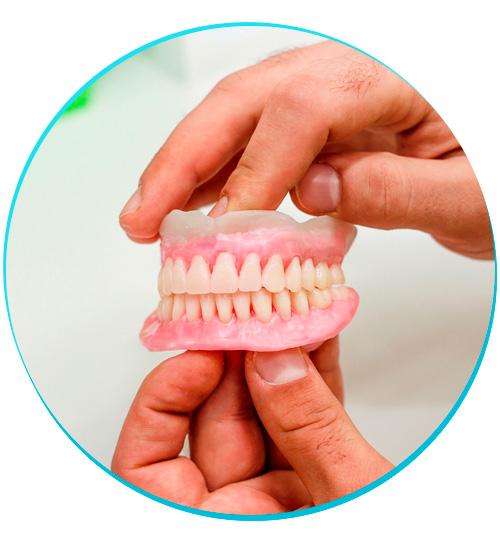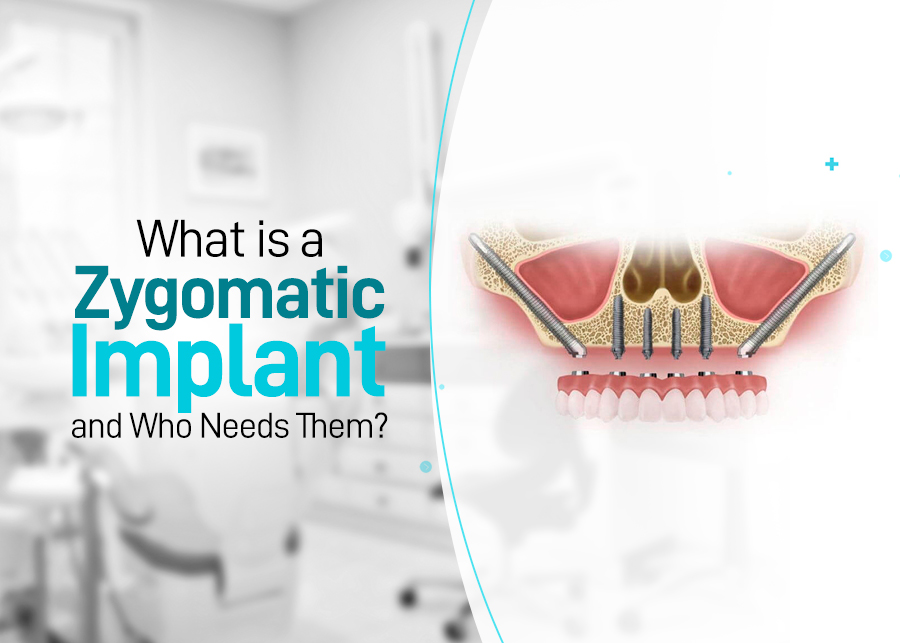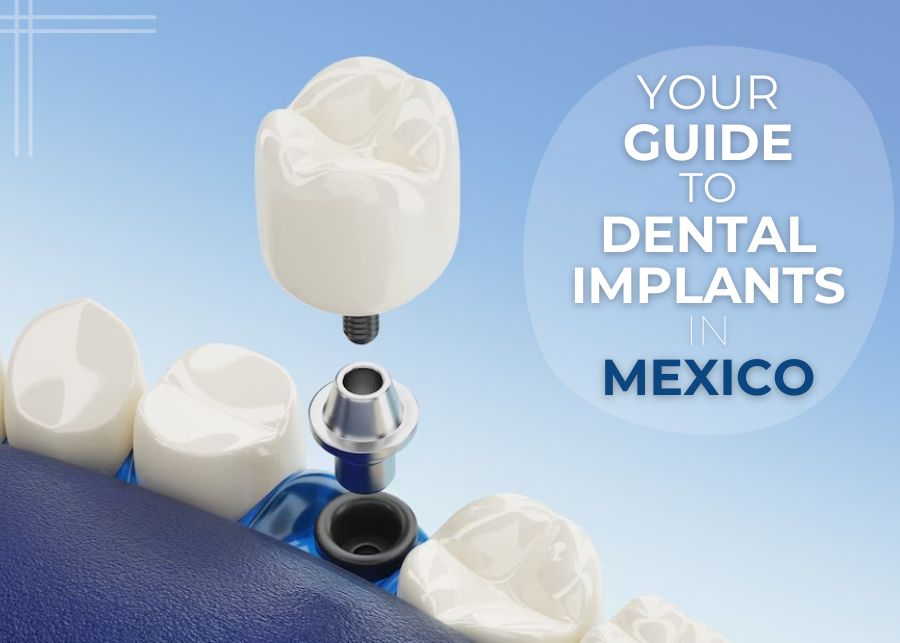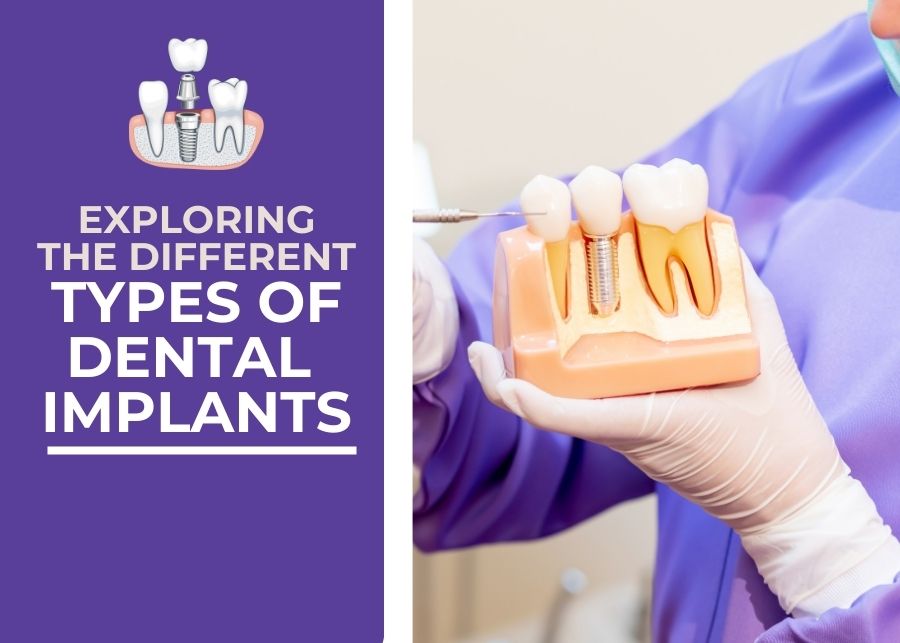May 14, 2023
What Is A Zygomatic Implant And Who Needs Them?
Perhaps you’ve been informed by your local dentist that you require dental implants, but due to a lack of bone volume in your upper jaw – you’re no longer an eligible candidate for them? In that case, a zygomatic Implant might be the solution you have been looking for.
Zygomatic (Zygoma) implants offer patients suffering from severe bone loss in the upper jaw a way of being able to get dental implants without having to undergo extensive and painful processes such as bone grafting. Unlike conventional ‘root form’ dental implants which are implanted into the jaws and replaced missing teeth, these particular ones are placed inside the cheekbone so they can act as an anchor for any type of implantation or restoration such as bridges or dentures.
A solution for patients with dentures

Bone atrophy – or resorption – is essentially when body tissue (in this case, bone) starts to waste away because cells are degenerating. This natural process happens after the extraction of teeth, but is often made worse by dentures over time. When patients wear dentures for a long period of time and there isn’t enough- or any- bone left in their jaws that would be needed for dental implants. In these cases, bone grafting procedures in the jaws could improve the scenario but take an extended amount of time because they require a series of stages including placing the bone graft, waiting for it to heal and mature, followed by implant placement.
A denture may be required while the patient waits for this process to conclude so they can chew their food normally. Also, some types of bone grafts may lead to complications such as rejection or increased pain and swelling.
Even if you still have teeth, they can be affected by gum disease or severe infection which causes the decay of your jaw bone. These patients are typically not suitable for conventional dental implant therapy and zygomatic implants may very well be their best option.
What are zygomatic implants and why might you need them?

Zygoma implants are placed into the cheekbone so it can provide stability for dental bridges. Because the zygomatic bone is less dense than your upper jaw, this provides a strong base for implant support that helps when placing one immediately after surgery.
These implants have been in use since the late 1980’s and have a long history of success. They can be used for dental rehabilitation in patients with insufficient bone because of an array of reasons – such as when there has been increased bone loss due to aging, after removal of tumors, trauma, or severe atrophy.
Zygomatic, also known as “zygoma”, provides a substitute for bone grafts in the upper jaw and are dental implants which traverse inside the impoverished region of your top jaws to anchor into the underside of the cheekbones through your sinuses. These Implants are inserted into the back section from within your mouth and can be combined with one or more typical (root shape) implants in the front half of your jaw. Depending on the patient’s needs, either 2 zygoma implants (one each side) or 4 (2 each side) are placed to support full or partial dental bridges.
What makes these dental implants different from regular ones?

Zygomatic implants are considerably larger than normal root-form dental implants, yet they are inserted through the mouth and anchored into the cheekbone (zygomatic bone) instead of anchoring into the alveolar bone in your mouth. This offers you higher initial stability because there is harder material where these implants anchor – making immediate replacement teeth possible by placing them on the same day as receiving an implant.
Zygomatic, also known as “zygoma”, provides a substitute for bone grafts in the upper jaw and are dental implants which traverse inside the impoverished region of your top jaws to anchor into the underside of the cheekbones through your sinuses. These Implants are inserted into the back section from within your mouth and can be combined with one or more typical (root shape) implants in the front half of your jaw. Depending on the patient’s needs, either 2 zygoma implants (one each side) or 4 (2 each side) are placed to support full or partial dental bridges.
Can A Zygomatic Implant Be Combined With A Normal Implant?

Yes, zygomatic implants and root form dental implants may be used simultaneously in certain circumstances. For example, some patients have enough bone for an implant at the front of their mouth, but not enough behind it. In these cases, a combination of both types of implants would be required.
Contact the team at Mexico Dental Implants to learn if you are eligible for A Zygomatic Implant.



